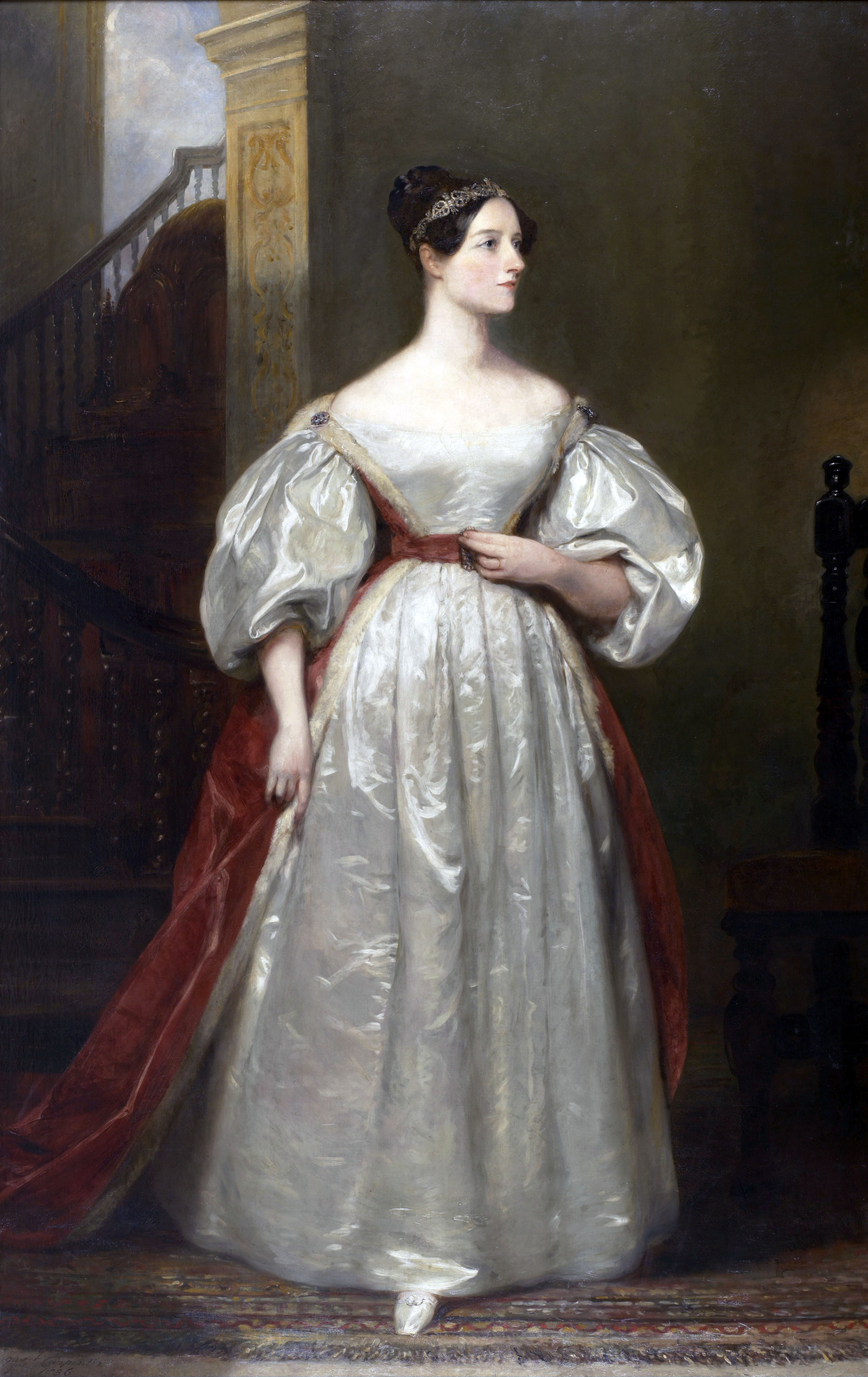|
Buildbox
Buildbox is a no-code development platform focused on game creation without programming, coding or scripting. The core audience for the software is entrepreneurs, designers and other gaming enthusiast without prior game development or coding knowledge. It was acquired by AppOnboard in June 2019. Buildbox was founded by Trey Smith in August 2014 with the goal "''to democratize game development and create a way for anyone to be able to create video games without having to code''" It is a cross platform development tool that can be run on both Windows Operating System and OSX. Primarily used to create mobile apps, Buildbox exports finalized games to iOS, Android, Amazon Mobile Devices, Amazon TV, Mac, PC and Steam. The main features of Buildbox are the image drop wheel, asset bar, option bar, collision editor, scene editor, monetization options and sliders that change the physics within the game. While using Buildbox, users also get access to over 20,000 game assets, sound effects ... [...More Info...] [...Related Items...] OR: [Wikipedia] [Google] [Baidu] |
List Of Game Engines
Game engines are tools available for game designers to code and plan out a video game quickly and easily without building one from the ground up. Whether they are 2D or 3D based, they offer tools to aid in asset creation and placement. Engines Note: The following list is not exhaustive. Also, it mixes game engines with rendering engines as well as API bindings without any distinctions. See also * Physics engine * Game engine recreation * List of open-source video games * List of WebGL frameworks Frameworks are available to create WebGL content quickly and easily without building from the ground up. Note: The following list mixes WebGL libraries with game engine A game engine is a software framework primarily designed for the develop ... * Role-playing game creation software References {{DEFAULTSORT:Game engines Technology-related lists ... [...More Info...] [...Related Items...] OR: [Wikipedia] [Google] [Baidu] |
No-code Development Platform
No-code development platforms (NCDPs) allow programmers and non-programmers to create application software through graphical user interfaces and configuration instead of traditional computer programming. No-code development platforms are closely related to low-code development platforms as both are designed to expedite the application development process. However, unlike low-code, no-code development platforms require no code writing at all, generally offering prebuilt templates that businesses can build apps with. These platforms have both increased in popularity as companies deal with the parallel trends of an increasingly mobile workforce and a limited supply of competent software developers. No-code development platforms are closely related to visual programming languages. Use NCDPs are used to meet the needs of companies that are seeking to digitize processes through cloud-based mobile applications. No-code tools are often designed with line of business users in mind as opp ... [...More Info...] [...Related Items...] OR: [Wikipedia] [Google] [Baidu] |
Windows 7
Windows 7 is a major release of the Windows NT operating system developed by Microsoft. It was released to manufacturing on July 22, 2009, and became generally available on October 22, 2009. It is the successor to Windows Vista, released nearly three years earlier. It remained an operating system for use on personal computers, including home and business desktops, laptops, tablet PCs and media center PCs, and itself was replaced in November 2012 by Windows 8, the name spanning more than three years of the product. Until April 9, 2013, Windows 7 original release included updates and technical support, after which installation of Service Pack 1 was required for users to receive support and updates. Windows 7's server counterpart, Windows Server 2008 R2, was released at the same time. The last supported version of Windows based on this operating system was released on July 1, 2011, entitled Windows Embedded POSReady 7. Extended support ended on January 14, 2020, over ten ye ... [...More Info...] [...Related Items...] OR: [Wikipedia] [Google] [Baidu] |
Windows 8
Windows 8 is a major release of the Windows NT operating system developed by Microsoft. It was released to manufacturing on August 1, 2012; it was subsequently made available for download via MSDN and TechNet on August 15, 2012, and later to retail on October 26, 2012. Windows 8 introduced major changes to the operating system's platform and user interface intended to improve its user experience on tablets, where Windows was now competing with mobile operating systems, including Android and iOS. In particular, these changes included a touch-optimized Windows shell based on Microsoft's Metro design language and the Start screen, a new platform for developing apps with an emphasis on touchscreen input, integration with online services, and Windows Store, an online distribution for downloading and purchasing new software, and a new keyboard shortcut for screenshots. Many of these features were adopted from Windows Phone. Windows 8 added support for USB 3.0, Advanced Form ... [...More Info...] [...Related Items...] OR: [Wikipedia] [Google] [Baidu] |
Mac OS X 10
macOS (; previously OS X and originally Mac OS X) is a Unix operating system developed and marketed by Apple Inc. since 2001. It is the primary operating system for Apple's Mac (computer), Mac computers. Within the market of desktop and laptop computers it is the Usage share of operating systems#Desktop and laptop computers, second most widely used desktop OS, after Microsoft Windows and ahead of ChromeOS. macOS succeeded the classic Mac OS, a Mac operating system with nine releases from 1984 to 1999. During this time, Apple cofounder Steve Jobs had left Apple and started another company, NeXT Computer, NeXT, developing the NeXTSTEP platform that would later be acquired by Apple to form the basis of macOS. The first desktop version, Mac OS X 10.0, was released in March 2001, with its first update, 10.1, arriving later that year. All releases from Mac OS X Leopard, Mac OS X 10.5 Leopard and after are UNIX 03 certified, with an exception for OS X Lion, OS X 10. ... [...More Info...] [...Related Items...] OR: [Wikipedia] [Google] [Baidu] |
Game Creation System
A game creation system (GCS) is a consumer-targeted game engine and a set of specialized design tools (and sometimes a light scripting language), engineered for the rapid iteration of user-derived video games. Examples include Novashell and Pie in the Sky. Unlike more developer-oriented game engines, game creation systems promise an easy entry point for novice or hobbyist game designers, with often little to no coding required for simple behaviors. Although initially stigmatized, all-in-one game creation systems have gained some legitimacy with the central role of Unity, Pixel Game Maker MV, and GameMaker: Studio in the growth of the indie game development community. Currently the Independent Games Festival recognizes games produced with similar platforms. Early game creation systems such as Broderbund's '' The Arcade Machine'' (1982), Pinball Construction Set (1983), ASCII's War Game Construction Kit (1983), Thunder Force Construction (1984), Adventure Construction Set (1984) ... [...More Info...] [...Related Items...] OR: [Wikipedia] [Google] [Baidu] |
Computer Programming
Computer programming is the process of performing a particular computation (or more generally, accomplishing a specific computing result), usually by designing and building an executable computer program. Programming involves tasks such as analysis, generating algorithms, Profiling (computer programming), profiling algorithms' accuracy and resource consumption, and the implementation of algorithms (usually in a chosen programming language, commonly referred to as coding). The source code of a program is written in one or more languages that are intelligible to programmers, rather than machine code, which is directly executed by the central processing unit. The purpose of programming is to find a sequence of instructions that will automate the performance of a task (which can be as complex as an operating system) on a computer, often for solving a given problem. Proficient programming thus usually requires expertise in several different subjects, including knowledge of the Domain ... [...More Info...] [...Related Items...] OR: [Wikipedia] [Google] [Baidu] |
Script (computing)
A scripting language or script language is a programming language that is used to manipulate, customize, and automate the facilities of an existing system. Scripting languages are usually interpreted at runtime rather than compiled. A scripting language's primitives are usually elementary tasks or API calls, and the scripting language allows them to be combined into more programs. Environments that can be automated through scripting include application software, text editors, web pages, operating system shells, embedded systems, and computer games. A scripting language can be viewed as a domain-specific language for a particular environment; in the case of scripting an application, it is also known as an extension language. Scripting languages are also sometimes referred to as very high-level programming languages, as they sometimes operate at a high level of abstraction, or as control languages, particularly for job control languages on mainframes. The term ''scripting ... [...More Info...] [...Related Items...] OR: [Wikipedia] [Google] [Baidu] |
Entrepreneurs
Entrepreneurship is the creation or extraction of economic value. With this definition, entrepreneurship is viewed as change, generally entailing risk beyond what is normally encountered in starting a business, which may include other values than simply economic ones. An entrepreneur is an individual who creates and/or invests in one or more businesses, bearing most of the risks and enjoying most of the rewards.The process of setting up a business is known as entrepreneurship. The entrepreneur is commonly seen as an innovator, a source of new ideas, goods, services, and business/or procedures. More narrow definitions have described entrepreneurship as the process of designing, launching and running a new business, which is often similar to a small business, or as the "capacity and willingness to develop, organize and manage a business venture along with any of its risks to make a Profit (accounting), profit." The people who create these businesses are often referred to as entr ... [...More Info...] [...Related Items...] OR: [Wikipedia] [Google] [Baidu] |
Designers
A designer is a person who plans the form or structure of something before it is made, by preparing drawings or plans. In practice, anyone who creates tangible or intangible objects, products, processes, laws, games, graphics, services, or experiences can be referred to as a designer. Overview Historically, the main area of design was regarded as only architecture, which was understood as the major art. The design of clothing, furniture, and other common artifacts were left mostly to tradition or artisans specializing in hand making them. With the increasing complexity in industrial design of today's society, and due to the needs of mass production where more time is usually associated with more cost, the production methods became more complex and with them, the way designs and their production are created. The classical areas are now subdivided into smaller and more specialized domains of design (landscape design, urban design, interior design, industrial design, furniture ... [...More Info...] [...Related Items...] OR: [Wikipedia] [Google] [Baidu] |




